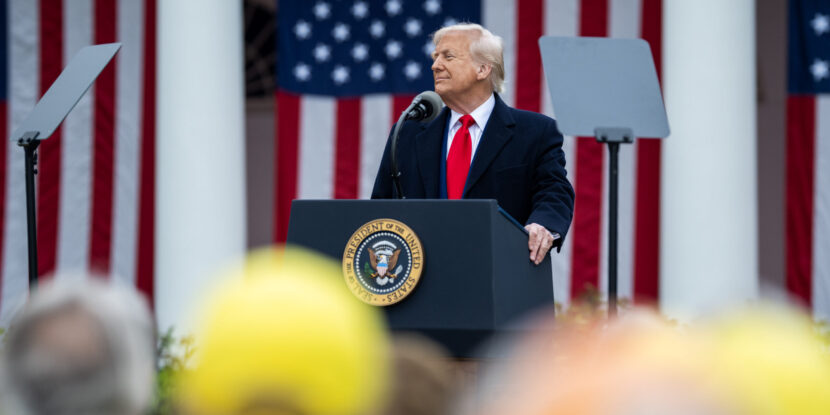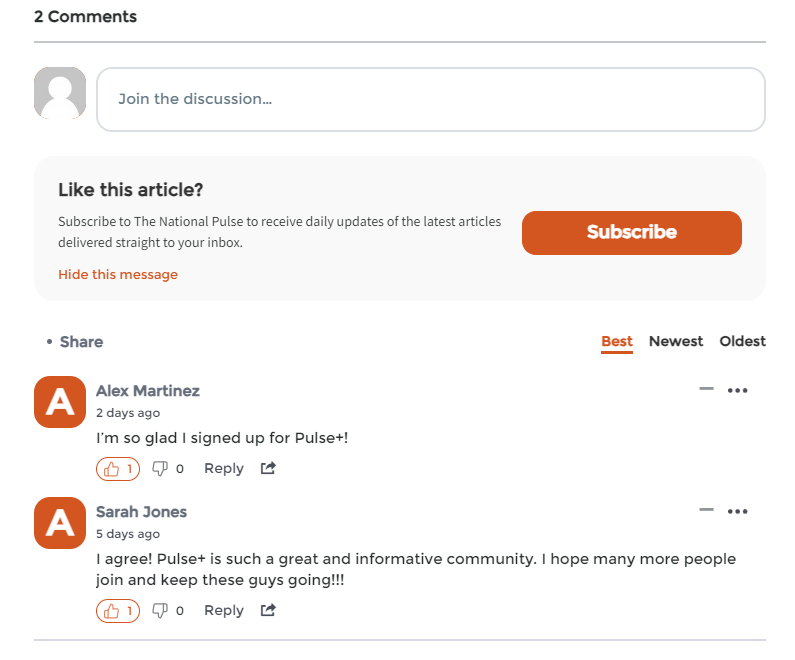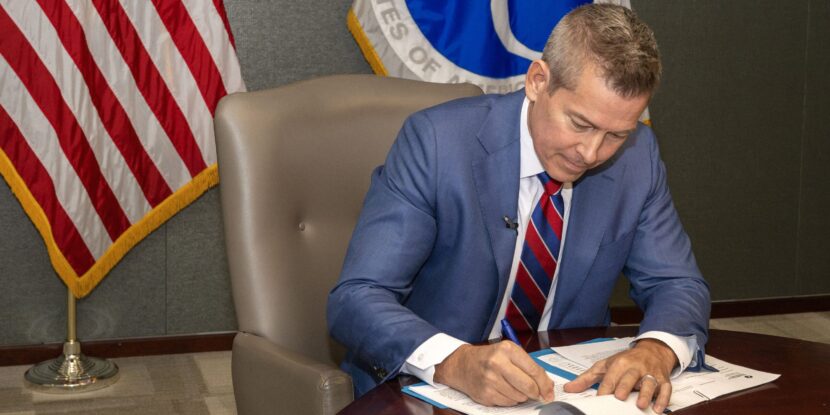PULSE POINTS:
❓What Happened: The Trump administration is rolling out its Merit Hiring Plan for federal agencies, releasing new guidance on Thursday that replaces decades of DEI-style polices with one that focuses on applicants’ skills rather than their race or gender.
👥 Who’s Involved: President Donald J. Trump, the Office of Personnel Management (OPM), federal agencies, federal hiring managers, and federal job applicants.
📍 Where & When: The policy was released on Thursday through guidance issued to agencies across the federal government.
⚠️ Impact: President Trump’s Merit Hiring Plan marks a significant shift in federal employment practices that will now focus on bringing high-skilled individuals for critical roles. The plan also ends race and gender based hiring practices that critics contend created discriminatory political constituencies inside the government workforce.
IN FULL:
President Donald J. Trump‘s administration is set to unveil a new federal employment policy focused on merit-based hiring instead of the diversity, equity, and inclusion (DEI) requirements that have dominated government employment for decades. The new hiring guidance, released to federal agencies on Thursday by the Office of Personnel Management (OPM), is believed to bar the consideration of race and gender in employment decisions.
Based on legislation adopted last year in Congress, and ushered through by a bipartisan group of lawmakers, the Merit Hiring Plan provides guidance for federal hiring and instructs agencies to consider relevant skills beyond just resume experience. Notably, this provision has long been pushed by conservative education activists and technology industry figures who contend that college education requirements lock out too many qualified individuals from the professional workforce.
Skill-based hiring evaluations will be made through interviews and relevant testing of applicants, though resumes and professional experience will still be considered determining factors in hiring decisions.
Additionally, federal agencies are being directed to continue collecting workforce demographic data. However, this data will no longer be released publicly and will merely be retained by the federal government to ensure its policies promote a workforce with diverse skills and professional qualifications.
Another significant change comes through guidance meant to speed up federal hiring processes. Federal interviewers will now ask applicants a more standardized set of questions rather than the previous more ad-hoc process. This is aimed at ensuring federal hirings take no longer than 80 days.
Once implemented, the federal government is expected to begin a more modest hiring period to restaff certain agencies. After being inaugurated in January, President Trump and his White House dismissed upwards of 140,000 federal workers through force reduction or employment buyouts. The Trump administration has indicated it could soon move forward with the dismissal of another 150,000 federal employees, while also bringing in new individuals to fill critical roles.




















